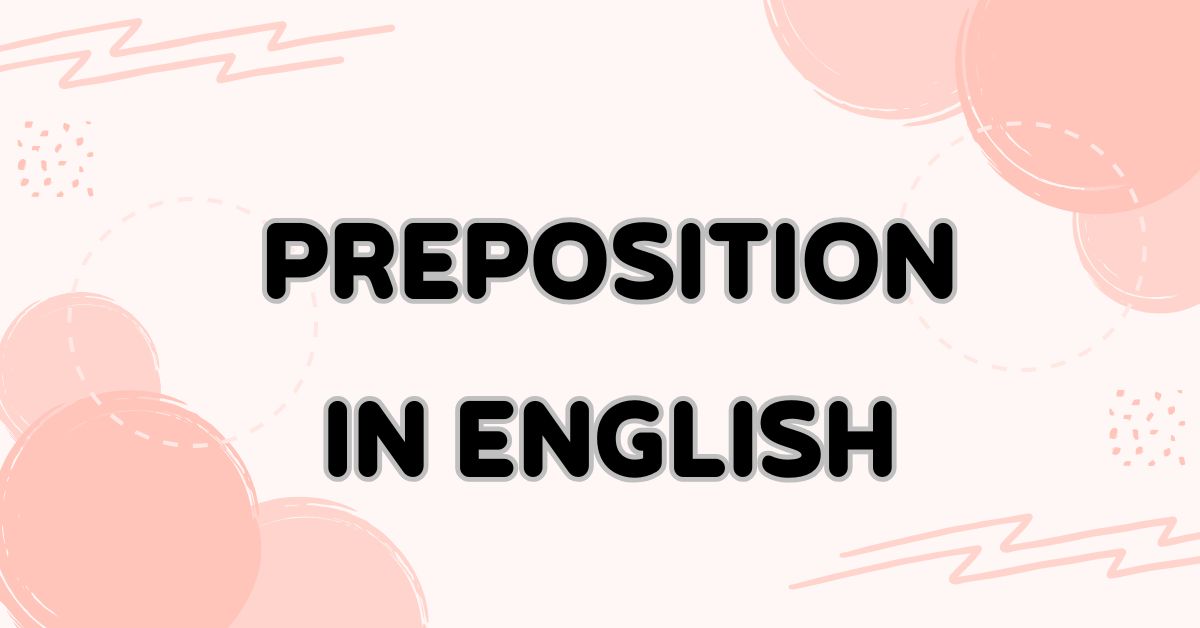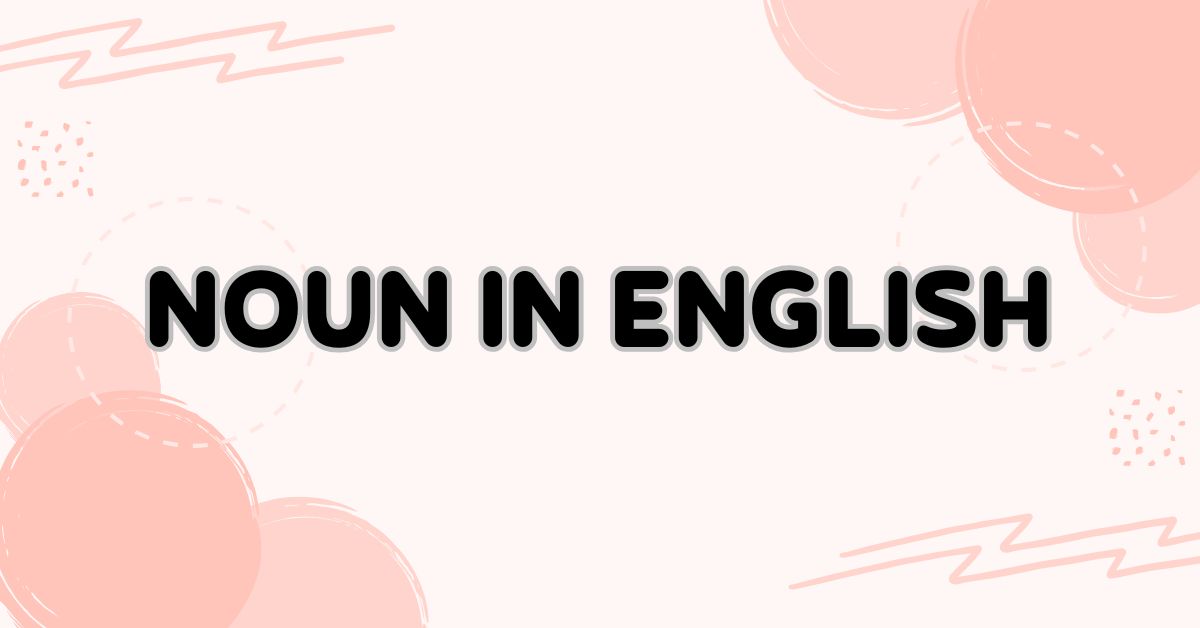When children start forming sentences in English, they often want to join ideas together. For example, “I like apples and bananas” or “I want to go out but it’s raining”. These little joining words are called conjunctions! Understanding conjunction in English helps kids make longer, more natural sentences and express their thoughts clearly. Let’s explore what conjunctions are, how to use them, and how your child can master them easily with fun practice.
What Is a Conjunction?
Before learning how to use conjunctions, it’s important to know what they do. A conjunction is a word that connects words, phrases, or sentences together. It helps sentences flow smoothly and prevents them from sounding broken or simple.
For example:
-
I like milk and cookies.
-
She is small but strong.
-
We stayed home because it rained.
So, conjunctions make our sentences sound natural like real communication, not just lists of words!
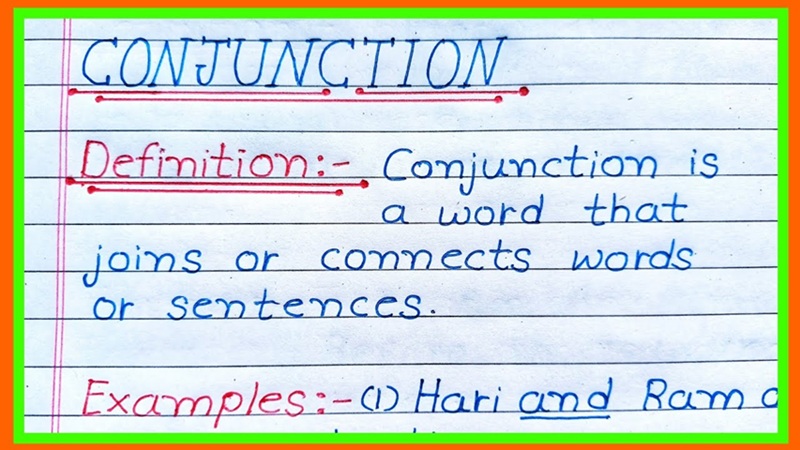
Types of Conjunctions in English
There are three main types of conjunctions children should learn: coordinating, subordinating, and correlative conjunctions. Let’s look at each type with easy examples and explanations.
1. Coordinating Conjunctions
Let’s begin with the most common type coordinating conjunctions. These join two equal ideas or words together. The easiest way to remember them is with the word FANBOYS:
|
Letter |
Conjunction |
Meaning / Use |
Example |
|
F |
for |
reason |
I stayed home for I was sick. |
|
A |
and |
addition |
I like apples and oranges. |
|
N |
nor |
negative choice |
He didn’t eat cake nor drink milk. |
|
B |
but |
contrast |
I’m tired but happy. |
|
O |
or |
choice |
Do you want tea or juice? |
|
Y |
yet |
contrast (like “but”) |
It’s cold yet sunny. |
|
S |
so |
result |
I was hungry, so I ate lunch. |
These are perfect for kids to practice daily they make storytelling and conversation richer.
2. Subordinating Conjunctions
Now, let’s talk about words that join a main idea and a smaller (dependent) idea.
These are called subordinating conjunctions, and they help explain when, why, or how something happens.
Common subordinating conjunctions include: because, although, when, if, since, while, before, after.
|
Conjunction |
Meaning / Use |
Example Sentence |
|
because |
reason |
I stayed home because it rained. |
|
although |
contrast |
Although it’s cold, I went outside. |
|
when |
time |
We play football when it’s sunny. |
|
if |
condition |
I’ll help you if you need me. |
|
since |
reason/time |
I’ve known her since we were kids. |
|
before |
time |
Brush your teeth before bed. |
|
after |
time |
We’ll eat after the movie. |
When children learn subordinating conjunctions, they start to describe situations more clearly, just like grown-up speakers.
3. Correlative Conjunctions
Finally, correlative conjunctions always come in pairs. They link two parts of a sentence that work together.
|
Conjunction Pair |
Example Sentence |
|
both ... and |
Both Tom and Jerry are funny. |
|
either ... or |
You can have either cake or ice cream. |
|
neither ... nor |
Neither the cat nor the dog is hungry. |
|
not only ... but also |
She is not only smart but also kind. |
|
whether ... or |
I don’t know whether to go or stay. |
These sound advanced, but kids can understand them easily when they’re used in fun, real-life examples.
How to Teach Conjunction in English to Kids
Children learn grammar best through examples, games, and storytelling. Before teaching grammar rules, let them hear and see conjunctions in action.
Here are some simple methods:
-
Story Time: Read stories aloud and ask your child to find words like “and,” “but,” or “because.”
-
Drawing Sentences: Write half a sentence on one side (“I like cats”) and let your child finish it with a conjunction (“but I don’t like dogs”).
-
Songs and Rhymes: Many children’s songs use conjunctions naturally — they help with rhythm and meaning.
-
Real-life Talk: Use conjunctions in daily routines: “You can play after you clean up” or “We’ll go outside if it stops raining.”
With these everyday examples, conjunctions become easy and memorable.
Practice Exercises: Conjunction in English for Kids
1. Fill in the Blanks with the Right Conjunction
Choose from: and, but, because, so, or
-
I like pizza ______ I don’t like cheese.
-
She is happy ______ she got a new toy.
-
Would you like tea ______ coffee?
-
I was tired, ______ I went to bed early.
-
The sun is shining ______ the sky is blue.
2. Choose the Correct Conjunction
Select the correct answer in brackets.
-
We stayed home (because / but) it was raining.
-
I want to go swimming (and / so) I packed my swimsuit.
-
He is small (but / for) strong.
-
You can eat (either / both) apples (or / and) bananas.
-
I can’t go out (since / if) I finish my homework.
3. Make Your Own Sentences
Use the following conjunctions: and, because, but, when, if. Encourage children to make sentences about their day — for example:
-
“I play with my dog and my brother.”
-
“I’m happy because it’s Saturday.”
Answer Key
Exercise 1
-
but
-
because
-
or
-
so
-
and
Exercise 2
-
because
-
so
-
but
-
either … or
-
if
Learn Conjunction in English with Monkey Junior
Learning conjunction in English can be simple, exciting, and enjoyable for kids, especially with Monkey Junior.
Monkey Junior is an award-winning English learning app designed for children aged 0–11. The app helps kids master grammar through colorful animations, real-life examples, and native-speaker pronunciation.
When learning conjunctions with Monkey Junior, children don’t just memorize they understand how to use “and,” “but,” “because,” and other connectors in real sentences.
Each lesson is short and engaging, using storytelling and interactive exercises to keep kids focused and curious. Parents can also follow their child’s progress and join the learning journey together.
Give your child a head start in English grammar, download Monkey Junior today and let them discover how fun it is to learn conjunctions naturally and confidently!
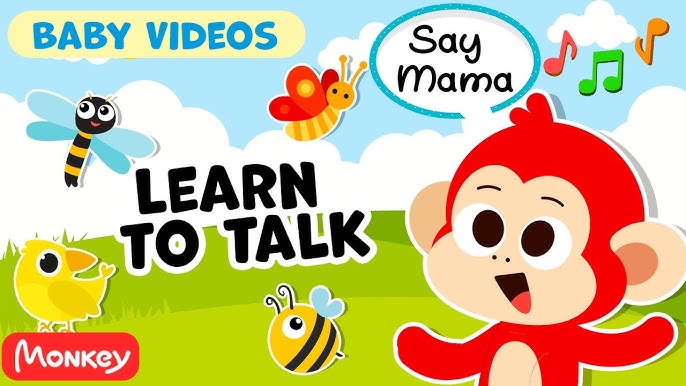
Conclusion
Conjunctions are small but powerful words that make sentences complete and interesting. They help children express ideas clearly and connect thoughts smoothly. By learning conjunction in English through fun examples, real-life practice, and interactive tools like Monkey Junior, kids can build strong grammar foundations and communicate in English with confidence and joy.
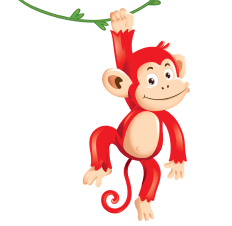
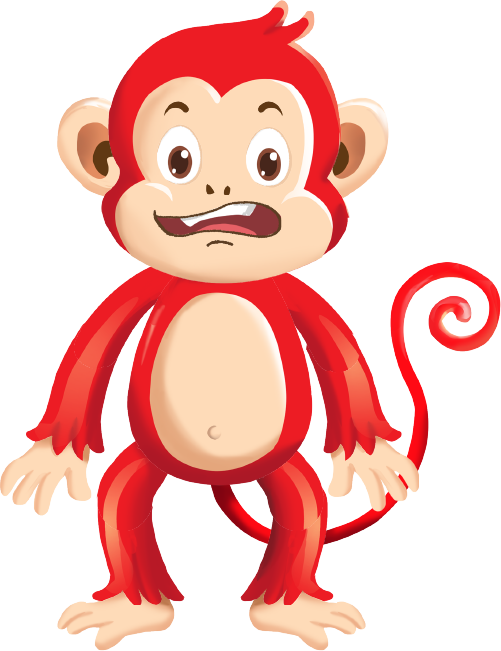
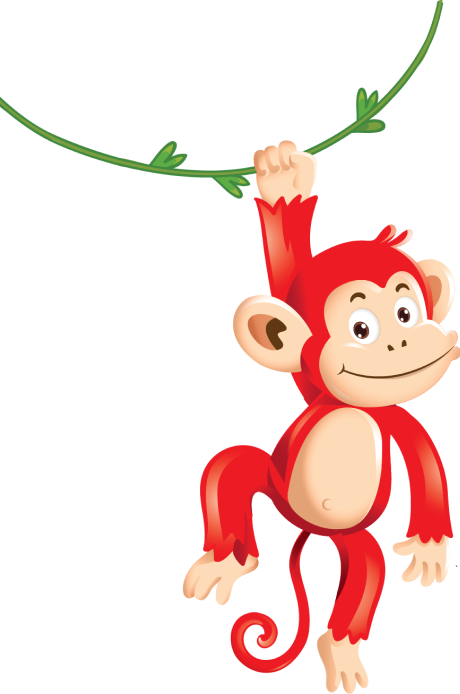
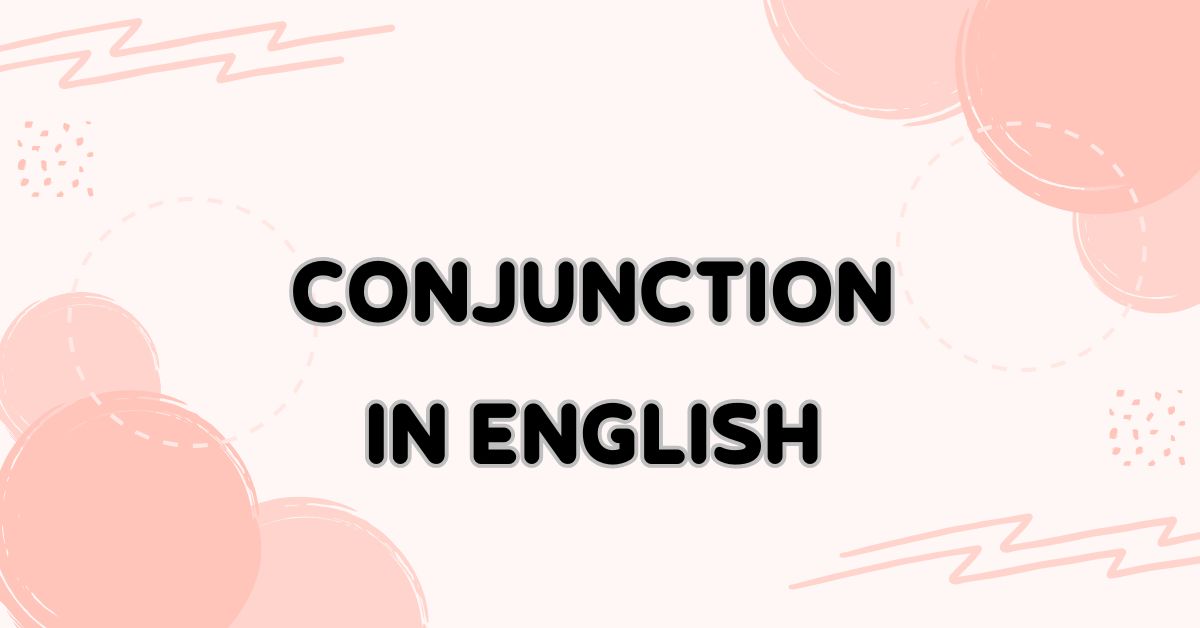
.png)


